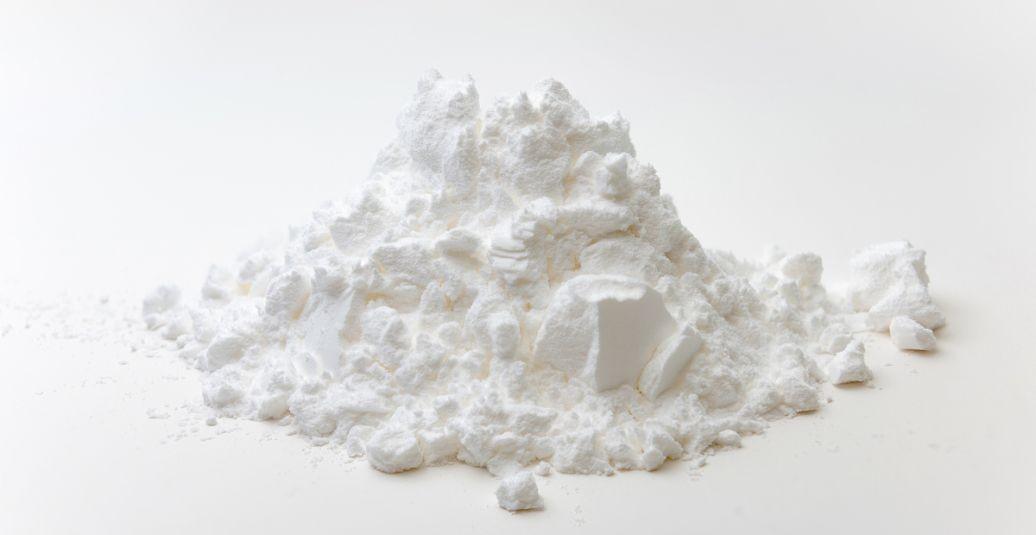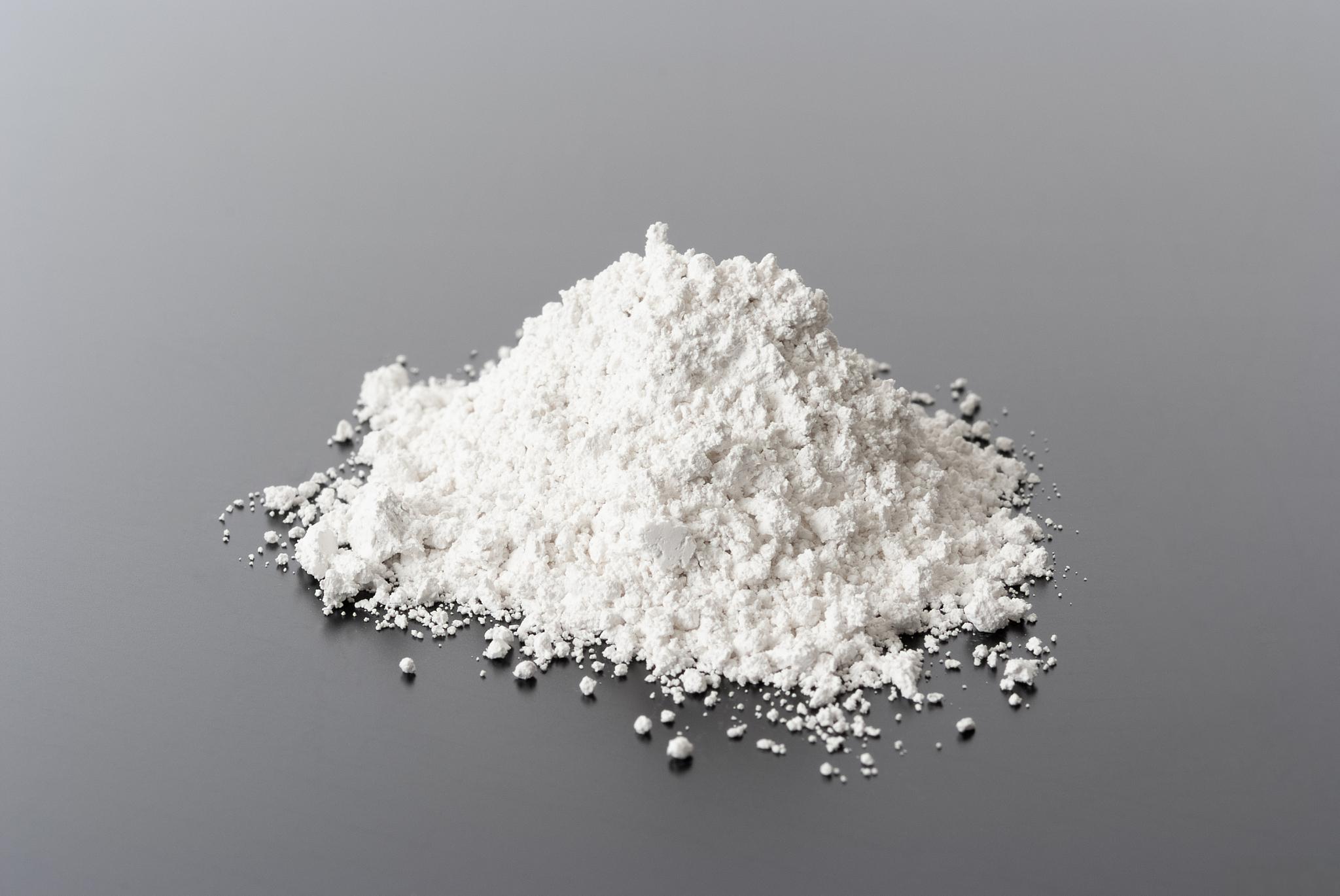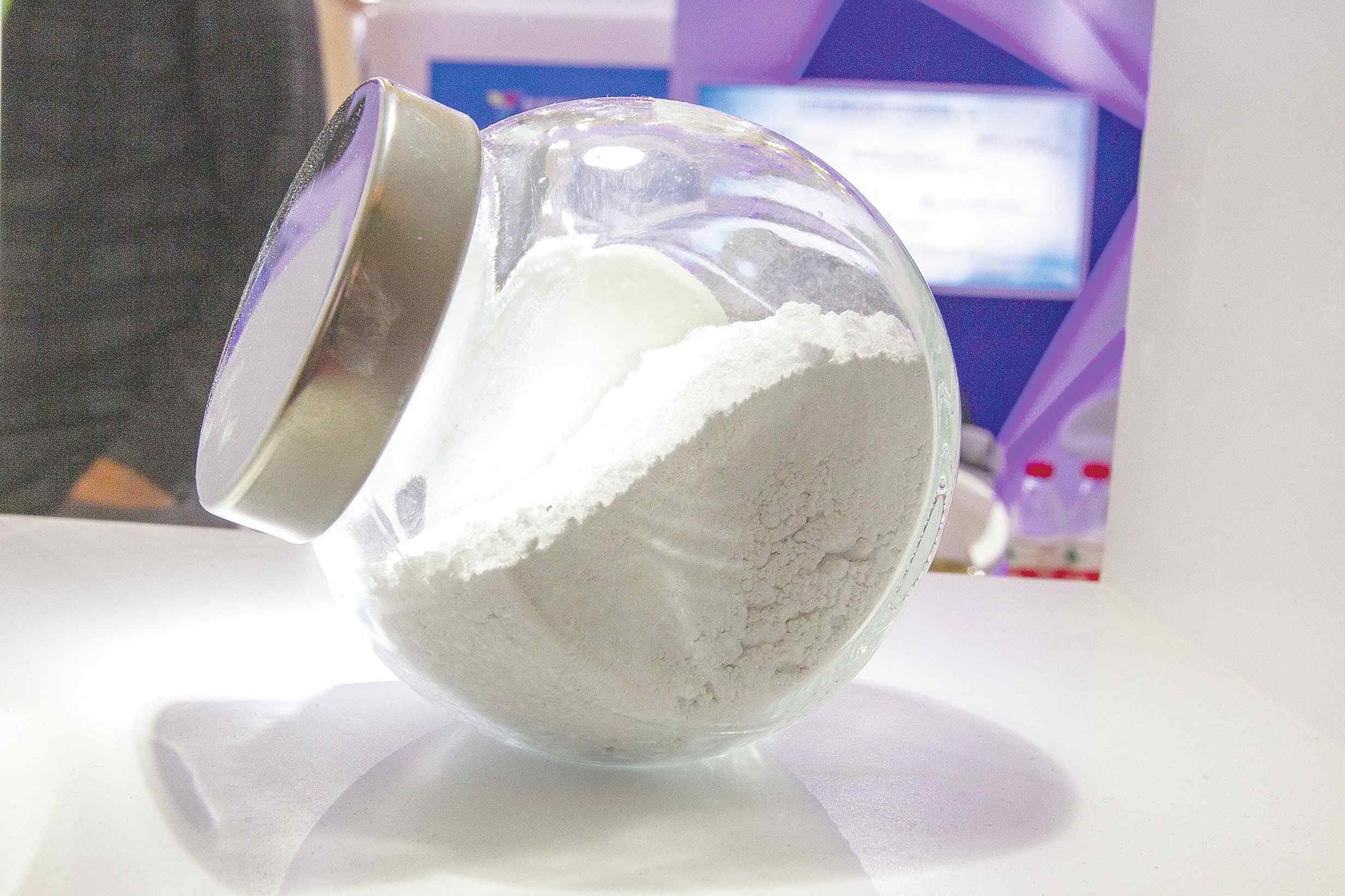Ceramic powders have broad industrial applications, ranging from ceramic materials and electronic components to catalysts in high-tech fields. However, powder agglomeration often occurs during preparation, processing, and application, affecting performance and quality. Agglomeration reduces the powder’s dispersion and flow, impacting the product’s quality and process efficiency. In this article, we will explore the causes of ceramic powder agglomeration, its effects on product performance, and practical methods to prevent and eliminate agglomeration.

Understanding Ceramic Powder Agglomeration
Agglomeration refers to the clustering of powder particles due to various forces, leading to the formation of larger particles or clumps. The smaller the powder particles, the greater the surface area and inter-particle forces, making agglomeration more likely. Several key factors contribute to ceramic powder agglomeration:
1. Electrostatic Effects
During friction, stirring, or processing, powder particles can become charged. The electrostatic charge causes the particles to attract each other, forming agglomerates. Electrostatic effects are particularly significant in dry, low-humidity environments and are especially noticeable in micron- or nano-scale ceramic powders, where electrostatic forces are more pronounced.
2. Van der Waals Forces
Van der Waals forces are weak intermolecular attractions that become significant in ultra-fine powders. The smaller the particles, the larger the surface area, and the stronger these forces, making agglomeration more likely in fine ceramic powders.
3. Surface Energy
Ceramic powders generally have high surface energy, leading to stronger adhesion between particles. Without external intervention, these particles tend to cluster, forming hard-to-disperse agglomerates. High surface energy particles agglomerate more easily, especially in dry or high-temperature conditions.
4. Humidity and Environmental Conditions
Environmental factors such as humidity and temperature play a critical role in agglomeration behavior. In dry environments, particle attraction increases, leading to agglomeration. In contrast, in high-humidity environments, water molecules can form bridges between particles, resulting in wet agglomeration.

Effects of Agglomeration on Ceramic Material Performance
Agglomeration negatively impacts ceramic material production and application. It not only affects the uniform dispersion of powder but also reduces flowability, ultimately affecting product quality and process stability. Here are some of the main consequences of agglomeration in ceramic materials:
1. Reduced Mechanical Properties
Agglomeration makes it difficult for the powder to distribute evenly during forming, leading to defects such as pores and cracks, which weaken the mechanical properties of the final product. In high-strength ceramics, such as structural or electronic ceramics, agglomeration can significantly reduce both mechanical and electrical properties.
2. Poor Flowability and Processability
Uneven particle sizes due to agglomeration make processing, mixing, and shaping difficult. Agglomeration complicates uniform mixing, molding, or pressing, increasing production difficulty and leading to product inconsistencies. Poor flowability also increases energy consumption and production costs.
3. Increased Difficulty in Redispersion
Once hard agglomerates form, simple stirring or shaking is often insufficient for redistributing the particles. Agglomerates may require additional grinding or dispersal treatment, which adds processing steps and costs.
Effective Measures to Prevent Ceramic Powder Agglomeration
To reduce agglomeration, a range of strategies can be implemented during powder preparation and processing. These methods include chemical and physical treatments aimed at improving powder handling at all stages.
1. Control pH, Temperature, and Concentration
By controlling the pH of the ceramic powder suspension during preparation, particle surface charge can be adjusted to reduce attraction. For instance, in acidic or alkaline environments, particles can carry similar charges, creating electrostatic repulsion that prevents agglomeration. Additionally, controlling temperature and particle concentration helps lower the tendency for particles to cluster.
2. Use of Dispersants or Electrolytes
Adding dispersants is a common and effective method to prevent agglomeration. Dispersants adsorb onto the surface of particles, forming a protective layer that prevents adhesion. Common dispersants include surfactants, polymers, and electrolytes. These agents work by either adsorbing onto particles, forming micelles that encapsulate the particles, or increasing the physical distance between particles, reducing agglomeration risk.
3. Freeze-Drying Techniques
Freeze-drying is an effective method to prevent agglomeration during drying. This method involves rapidly freezing the powder and sublimating moisture under low-temperature, low-pressure conditions. By avoiding the liquid phase, the freeze-drying method prevents particles from sticking together during drying. This technique is particularly suitable for producing high-purity, fine-grained powders.
4. Control of Humidity and Temperature
Maintaining optimal humidity and temperature levels during storage and processing can significantly reduce agglomeration. Moderate humidity levels help minimize electrostatic effects, while controlled temperature prevents excessive particle movement and collision, reducing agglomeration risks.

Eliminating Agglomeration in Ceramic Powders
For ceramic powders that have already agglomerated, several physical and chemical techniques can be used to re-disperse the particles. These methods include grinding, ultrasonic dispersion, and high-temperature calcination.
1. Grinding Processes
Grinding is a common method to break up agglomerates. Methods such as ball milling, planetary milling, and stirring milling use mechanical force to break agglomerates into individual particles. For larger agglomerates or harder clumps, ball milling with zirconia beads or steel balls can effectively disperse the powder.
2. Ultrasonic Dispersion
Ultrasonic treatment is an efficient method for breaking up agglomerates, especially for nano-scale ceramic powders. The cavitation effect, where bubbles rapidly expand and collapse under ultrasonic waves, generates local high-temperature, high-pressure conditions, effectively disrupting agglomerates without introducing contaminants.
3. High-Temperature Calcination
For agglomerates that resist mechanical or ultrasonic dispersal, high-temperature calcination can be used. Heating the agglomerates breaks chemical bonds or sintering necks between particles, restoring their dispersion. This method is particularly useful for chemically bonded ceramic powders.
Future Trends in Agglomeration Control for Ceramic Powders
As technology advances, the demand for high-performance ceramic powders in fields such as electronics, aerospace, and energy continues to grow. Research and technology for preventing and eliminating powder agglomeration will also evolve, particularly in the following areas:
1. Nanopowder Agglomeration Control
Nanopowders have shown great potential across various industries, but their small particle size makes them more prone to agglomeration. New dispersion technologies and highly efficient dispersants will ensure that nanopowders maintain optimal dispersion during application.
2. Smart Control Systems
Advanced smart control systems can precisely monitor and regulate key parameters like pH, temperature, and humidity during powder preparation. The application of automation and intelligent technology will lead to more efficient production with fewer agglomeration issues.
3. Development of Eco-Friendly Dispersants
Future research will focus on creating powerful, eco-friendly dispersants that maintain effective agglomeration prevention while minimizing environmental impact.
Conclusion
Ceramic powder agglomeration presents significant challenges in materials science, but through an understanding of agglomeration mechanisms and the application of preventive measures, the dispersion and flowability of powders can be improved. With ongoing technological innovation, ceramic powder preparation and treatment methods will become more refined and intelligent, paving the way for broader applications in high-tech industries.
By controlling critical parameters such as pH, temperature, and concentration, along with the use of dispersants and advanced drying techniques, ceramic powder agglomeration can be effectively prevented. Moreover, the application of grinding, ultrasonic dispersion, and calcination ensures the successful elimination of existing agglomerates, helping optimize product quality and performance.



